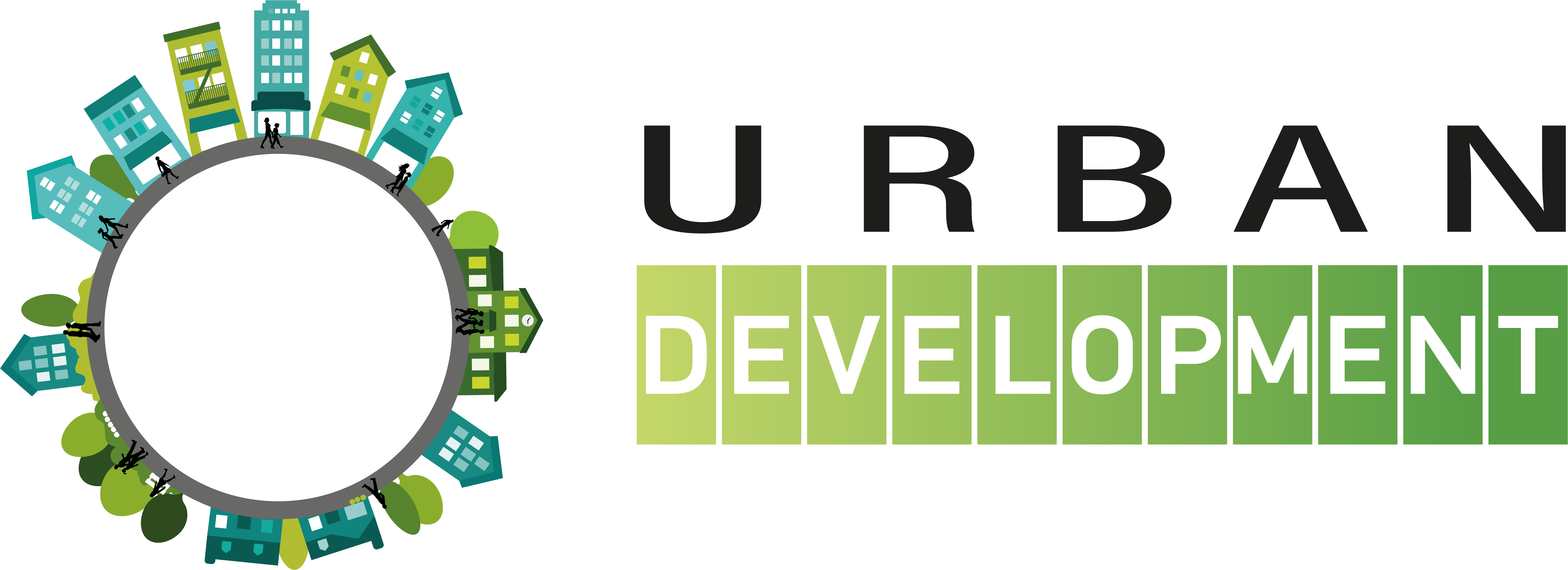- 11 January 2023
- Posted by: sudtt_admin01
- Category: payday loans in monroe la
That’s a far greater means to fix give the next generation, and your cash flow are capable of make payment on taxation now
I’m hoping you will do some thing. Just like the we constantly say early in this new tell you, you want to help you identify your future step. So, what’s the step two to you personally with regards to their coming wealth government needs? Thus, Susan, let us dive from inside the. Let’s discuss the Secure Act. This is certainly current income tax rules change. New Safe Act is actually introduced in 2019. Therefore are by the end from 2019 and increase, the new pandemic hit. Therefore, people, “Gee, Safe Act, the thing that was you to definitely?” Very, just what tax law transform have been made about Safer Operate i want all of our audience knowing?
Susan Travis: Well, I’d like to focus on three key retirement requirements that changed with that legislation. Because you’re right, Doug, when the pandemic happened, one of the things that the government did or enacted was the fact that in 2020, you did not have to take a required minimum distribution. Well, now we’re in 2021, they haven’t extended that. So, we have people that need to think about taking required loan-finances.com/payday-loans-ms minimum distributions, again. Now, requirement distributions start at 72, instead of 70 and a half. A lot of people think about that 70 and a half, and may automatically go and pull some money, that will change your tax picture immediately. Don’t do it if you don’t have to. But it also allowed for the continuation of qualified charitable distributions. Those can be done at 70 and a half. So, what does that mean?
The individuals qualified charitable withdrawals helps you decrease your normal earnings. That’s big, particularly when you’re give to foundation anyway. Now there is certainly a cap about how exactly far you could potentially promote yourself from an IRA. It’s $a hundred,one hundred thousand. And you have to make the payment directly from the newest custodian towards the foundation because of it to-be certified. However, again, it’s things value looking at and you will worthy of creating. Various other changes, and this is grand, is actually you to definitely low-companion passed down IRAs need now be distributed contained in this 10 years out-of the fresh new loss of this new grantor. Today, you will find certain conditions. But it change anyone one to passed down brand new IRA, they change their income tax image. But it addittionally transform their house thought.
Just what this informs me personally is, we must take a look at, whenever we should do alot more Roth conversion rates. Today everyone’s visualize varies. Very, you need to talk to your advisor about that. However, a beneficial Roth IRA, you happen to be paying the tax. Very, in case the second age group inherits, about they have been inheriting anything that’s currently had the taxation reduced on it. And therefore the third goods, in regards to which, was sum years limits. So, there isn’t any alot more limitations on that. You might still contribute to your seventies and you can 80s, that is really important for entrepreneurs.
Doug Fabian: Okay, Susan, let’s put you into the wealth advisor role for a moment. We’ve got these three changes, slight change in the RMD. We have the QCD, the qualified charitable distributions from the IRAs, as a strategy. We have now the change on the inherited IRA distribution schedules. What are you coaching clients on? What do you read, review with clients? What are the ways we deploy some strategies in light of these tax law changes?
Thus, I would mention a donor-informed money in their eyes
Susan Travis: Sure. Well, first, we want to determine if a client has a charitable intent. Because if they do, there’s some options here to really be able to offset current income in big ways. For instance, let’s say you sold a business. You have a huge tax year, you’re charitably inclined, but you’re not even sure which charities to give to. And there’s a lot of clients like that. You can put a large amount in this donor-advised fund, and then you can take years to decide which charities you want to give how much to, but you give it in that year when you have a high income tax event to offset the taxes. That’s one way. I can go on with lots of strategies, Doug, here, if you’d like.


